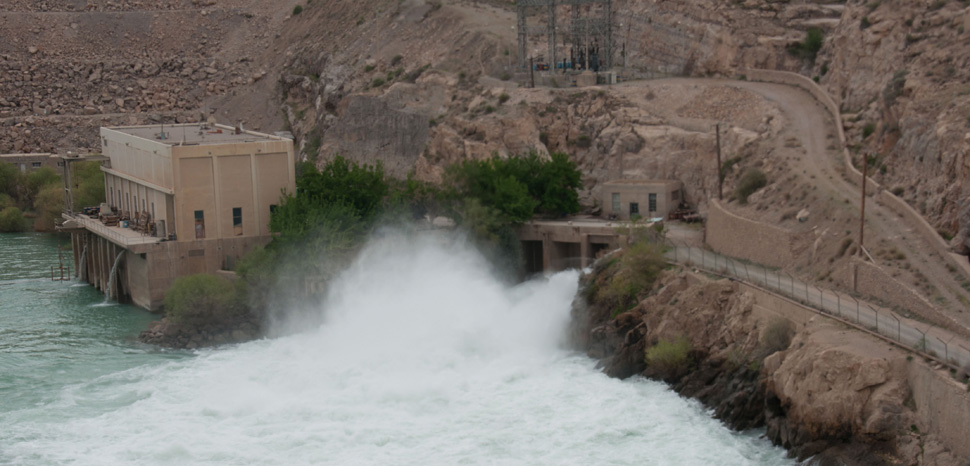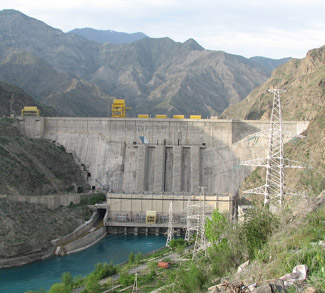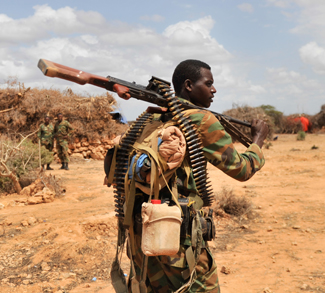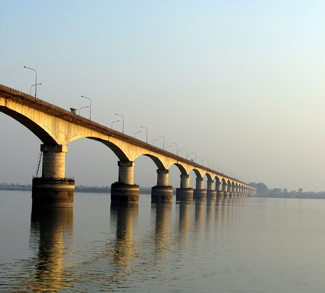Summary
As a landlocked country largely dependent on the water available in its major mountain rivers, modern Afghanistan has experienced a near constant state of water crisis, one that has frequently been exacerbated by intermittent civil wars from 1979 until the present. Without reliable sewage systems and power generation, Afghanistan has both a stagnant industrial sector and some of the worst sanitation facilities in the region: 59 percent of the water in urban areas of Kabul was found to be contaminated with bacteria according to one study done in 2003 by the German Federal Institute for Geosciences and Natural Resources. Continuous fighting has taken a toll on Afghanistan’s water infrastructure, destroying much of the country’s network of meteorological and hydrological stations since 1980. When combined with the threat of widespread drought, ongoing war, and persistent poverty, an overall picture of persistent water conflict emerges.




